One of the most underrated aspects of most cars is definitely handling and control, which makes sense because most people will be too busy looking at 0-60 stats, max HP, torque, and all that jazz. But I’m here to tell you: you need to think of your car as a whole package, and not just some kind of speed machine that can only go in straight lines!
To make our list, we put 10 of the fastest cars head-to-head on a series of handling tests like figure eights and outside runs on a 200-ft diameter circular track, both of which are designed to imitate extreme road conditions.
The cars are made to go from full-throttle acceleration all the way to a full brake and then a transition into a constant-radius turn around the track. Of course, you probably won’t be doing any of these moves on the freeway, but hey, if these cars can pass these tests with ease, then it can take on any road conditions like a champ!
We scored the cars on three metrics: G-force, time, and lateral acceleration. Time is the fastest lap time a car did. Simple enough, but what about G-force and lateral acceleration?
The G-force score measures the combined average gravitational force equivalent, or g-force, during a turn. G-force causes a change in our perception of weight, with 1 g-force equal to the conventional value of gravitational acceleration. Too complicated? Just think of it this way: more g-force = more feeling of getting crushed.
What is lateral acceleration? Well, in technical terms, it’s the acceleration that’s created when a vehicle corners. Basically, it’s that force that feels like its pushing the car sideways whenever you make a sharp turn. It’s also measured in g-force.
Combining the G-force, lateral acceleration, and average lap times gave us a more detailed idea of how a car handles in extreme conditions. Here’s what we found:
2009 Nissan GT-R
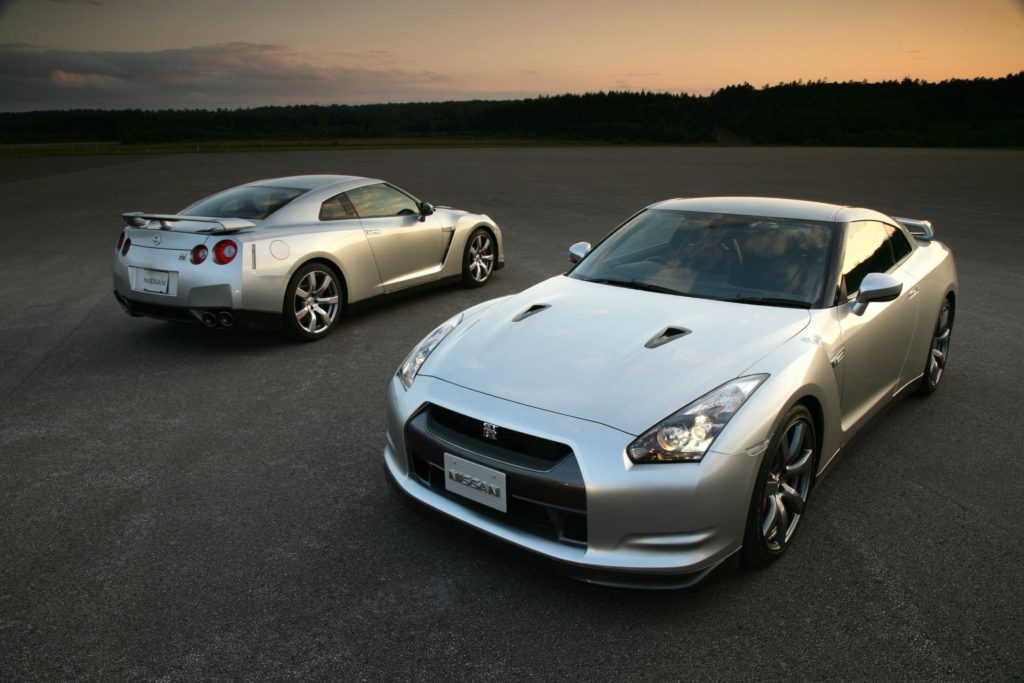
- Average Time:24.2 seconds
- G-force: 0.82g
- Lateral Acceleration: 1.00g
Compared to other cars in the same category, the 2009 Nissan GT-R performs surprisingly well, with superior handling and great acceleration. From a handling perspective, the lateral acceleration of the GT-R is very much manageable; even newbie supercar drivers will be able to make hard turns, or even controlled drifts if they’re brave enough! The best part? The 2009 Nissan GT-R is comparatively dirt cheap next to other cars of its class.
2007 Porsche 911 GT3

- Average Time: 24.2 seconds
- G-force: 0.81g
- Lateral Acceleration: 1.02g
With front anti-roll bars adjustable to five positions, wheels that can tilt through 6 degrees of camber, and a customizable, racebred suspension, the 2007 Porsche 911 GT3 is a gearheads dream. It drives fast, has amazing handling capabilities, and has enough things to tinker with when its in the garage. It has around 1.02g’s of lateral acceleration, but the way the 911 GT3 is built, it sticks to the asphalt comfortably, even with hard corners.
2007 Porsche GT3 RS

- Average Time: 23.9 seconds
- G-force: 0.80g
- Lateral Acceleration: 0.95g
At 415HP, the GT3 RS is an absolute speed monster. With just under a G of lateral acceleration, you can hurl it through corners at breakneck speeds without worrying about spinning out. Handling-wise, you can’t ask for more from a Porsche; it’s an upgrade from the 911 GT3, and while it’s slightly pricier, all that extra cash goes into a machine that makes racing seem like child’s play
2007 Lamborghini Murcielago LP640
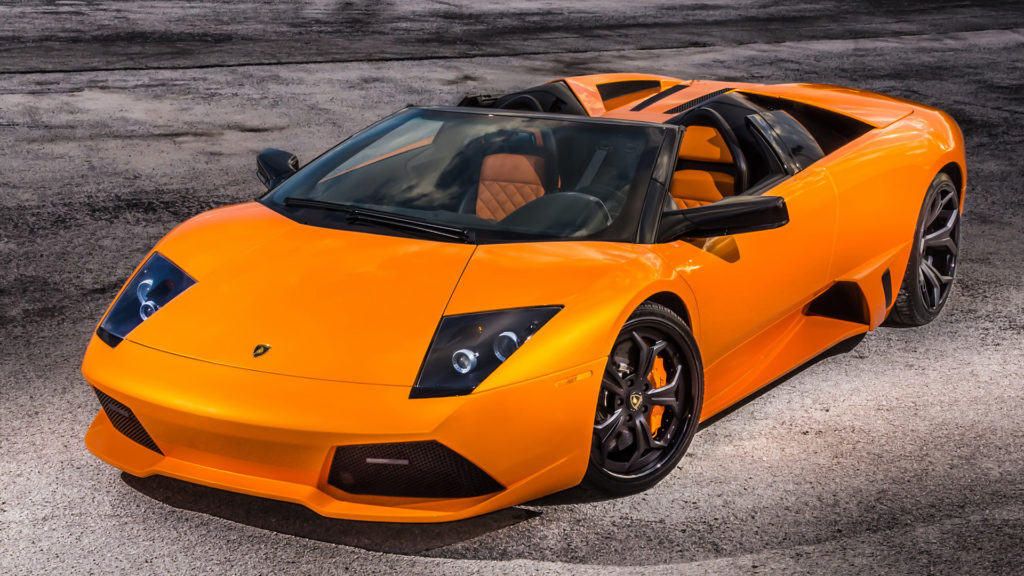
- Average Time: 23.9 seconds
- G-force: 0.84g
- Lateral Acceleration: 1.05g
Nothing says “supercar” more than a Lamborghini, and the 2007 Murcielago LP640 is no exception; wide, menacing, and goes 0-100 in under 8 seconds, it’s a speedfreak’s dream. But despite its bat-out-of-hell speed, the handling of the Murcielago is sharp: turn-ins are sleek, linear, with a steering feel of a sedan in a school zone. It has grip levels that could rival Spiderman, thanks to its built-in AWD (which helps it stick to the road when you’re going 200mph). Although it’s sticky, you can, if you wanted to, still get a bit of oversteer or tail slide if you know how. All in all, it can take corners very well, regardless of high speeds.
2003 Dodge Viper SRT-10
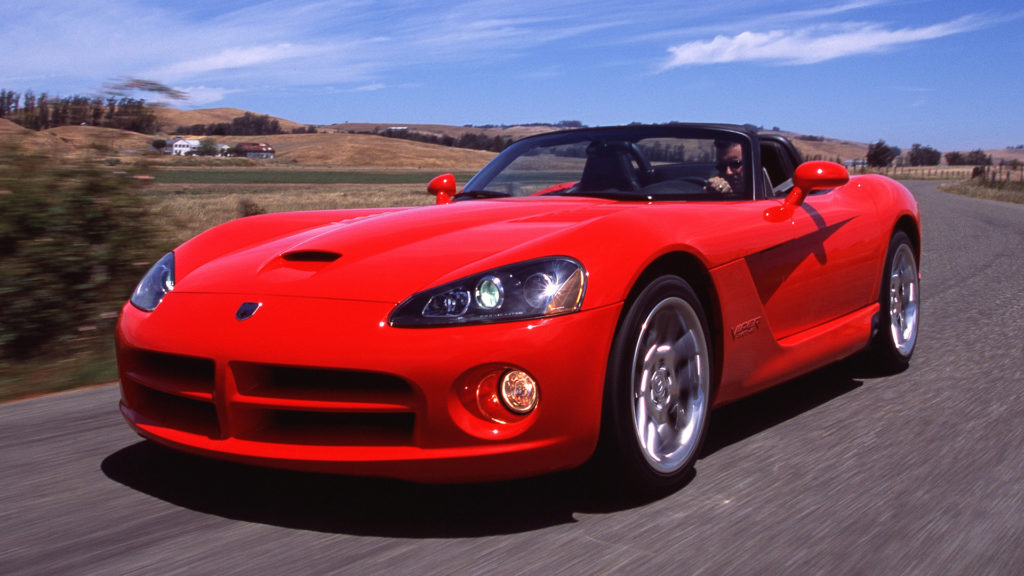
- Average Time: 23.9 seconds
- G-force: 0.86g
- Lateral Acceleration: 1.05g
With a heavily modified racing-style chassis, fully independent suspension system, and huge forged alloy wheels, the Viper SRT-10 is the regular Viper’s harder, better, faster, stronger older brother. With over 600horsepower under the hood pumping out 600lbs/ft of torque, the SRT-10 needs a lot of handling, and with only 1.05g’s of lateral acceleration, it does just that with flying colors. The SRT-10 corners with absolute ease, and despite its menacing top speeds, it remains stable and pinned to the road.
2004 Porsche Carrera GT
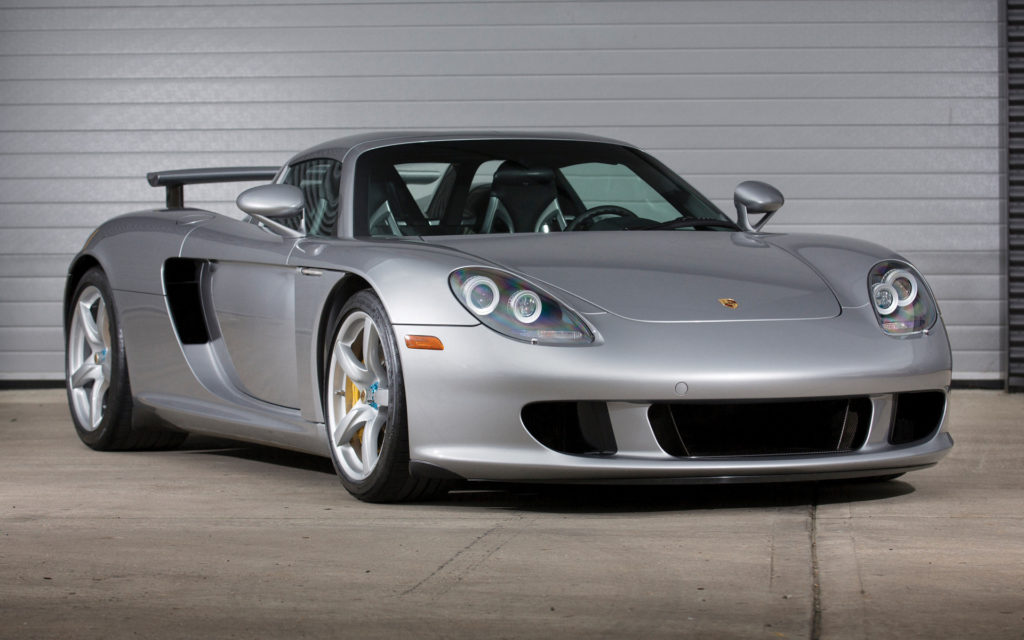
- Average Time: 23.8 seconds
- G-force: 0.86g
- Lateral Acceleration: 0.99g
The Carrera GT fulfills pretty much all the positive stereotypes about the Porsche Company. Underneath it’s flashy, two-seat targa design that’s more at home with flamboyant Italian sportscars, the undercarriage is very much German: precision steering, completely sturdy chassis, impressive braking power, and a high-quality build that makes it feel like a tank masquerading as a car. At less than 1g of lateral acceleration, the Carrera can give even the Murcielago a run for its money.
2009 Chevrolet Corvette ZR1

- Average Time: 23.7 seconds
- G-force: 0.87g
- Lateral Acceleration: 1.10g
The Corvette ZR1 represents many aspects of what makes the Corvette brand so great: precision engineering that translates to high speeds with more-than adequate control. Lateral acceleration does affect the ZR1 at 1.10g’s, but that’s only if you corner at 210mph and above, which, let’s face it, is a rare occasion at best. However, experienced drivers will have no trouble handling a turn like that, and ZR1 is a forgiving car even to newbies.
2009 Dodge Viper ACR
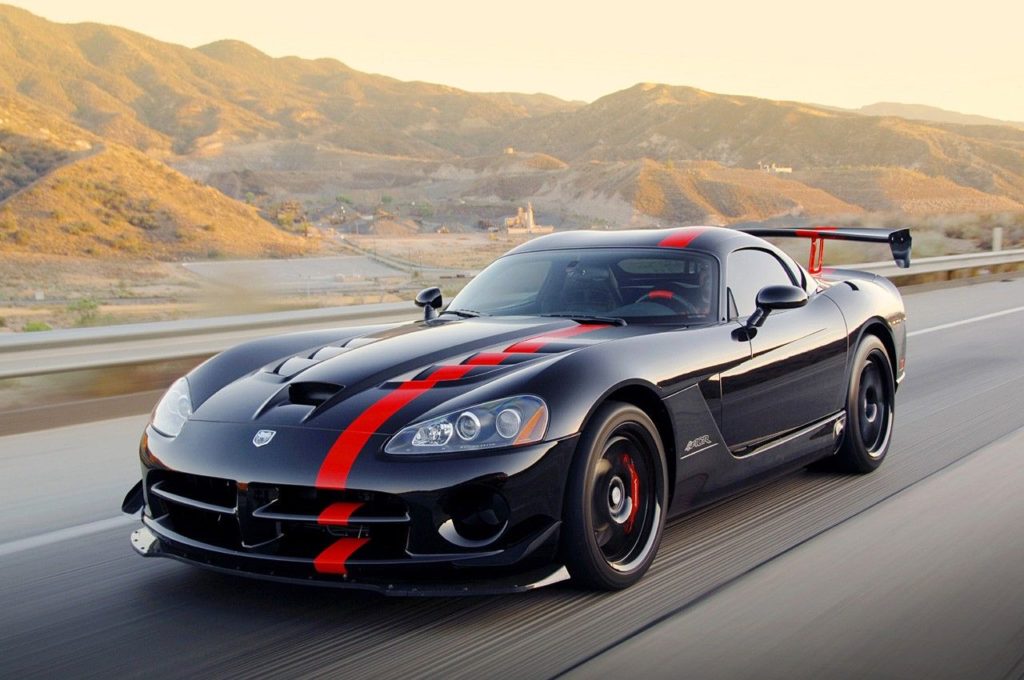
- Average Time: 23.6 seconds
- G-force: 0.92g
- Lateral Acceleration: 1.08g
Don’t be fooled by the almost-demure look of the Viper ACR: it’s got a V-10 engine that goes 0 to 100 in 8 and a half seconds. Still, it manages to pump out this much speed without any of the clanging suspension, loud drivetrain whine, or the clonking brakes that’s reminiscent of other sports cars. It does, however, takes turns with surgical precision, and its cornering prowess is more at home with smaller and slower cars.
2006 Saleen S7 Twin Turbo

- Average Time: 23.4 seconds
- G-force: 0.90 g
- Lateral Acceleration: 0.99g
Handbuilt to ensure high-performance, the Saleen is a kind of underdog in the supercar world. It’s not as flashy as Lamborghini or Ferrari, or as menacing as Dodge or Porsche, but it can perform with the big boys as well as any other company. The S7, for example, can give the Murcielago, the Carrera, and the Viper a run for their money, with its lightning-quick steering, stiff ride, and superior handling. With just under a G of lateral acceleration, it can definitely corner better than other cars in its class, and while it might struggle on a straight-run, it should have no trouble standing its ground on a standard track.






